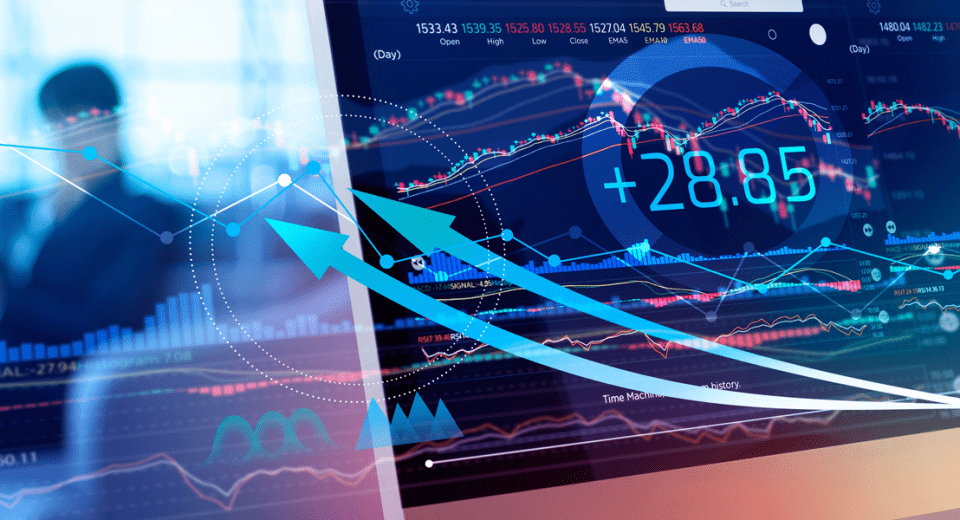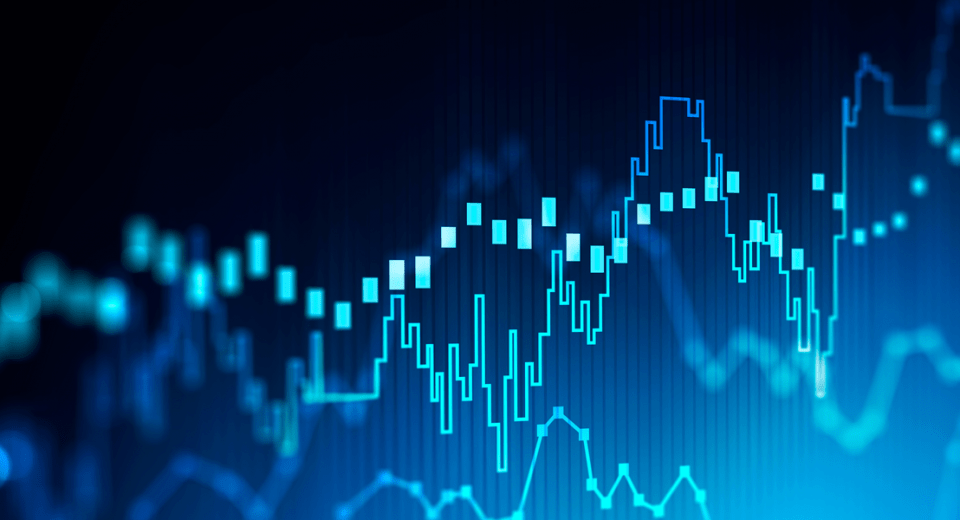When you hear that “the market has hit all time highs” or the “lowest point in the last quarter,” it refers to the value of an index. Indices represent the worth of a group of publicly listed companies. These indices are used by traders to analyse the return on different financial instruments and to track the overall health and performance of an economy for the purposes of investment.
Indices are a popular investment option, since they offer high liquidity, narrow spreads and smooth chart patterns. Here’s a look at the major world indices.
1. S&P 500 Index
Also known as just the S&P, this is a stock market index that comprises of 500 major companies listed on the NYSE, NASDAQ or the Cboe BZX Exchange. As of April 30, 2018 this index had a market capitalisation of over US$23.7 trillion. It was developed and is managed by S&P Dow Jones Indices, a firm owned by Standard & Poor Global.
It is a capitalisation-weighted index, related to a number of ticker symbols, such as INX, GSPC and $SPX. It is one of the most popular indices in the world because it is considered to be one of the best indicators of the health of the US stock market.
2. Dow Jones Industrial Average (DJIA)
DJIA or just the Dow is an index representing the value of 30 large firms based out of the United States and their historical performance in the market. It is the second oldest US market index, developed by Charles Dow, editor of The Wall Street Journal and co-founder of Dow Jones & Company. This index uses the sum of the prices of one share of each company that is a part of it. It had a market capitalisation of approximately US$6.56 trillion as of December 2018.
3. NASDAQ-100
This index comprises 103 equity securities offered by the largest 100 non-financial organisations trading on the NASDAQ. It is a modified version of a capitalisation weighted index. Here, the weights of the index are based on market capitalisation, with certain rules to limit the influence of the largest components. It is different from the Dow Jones Industrial Average and the S&P 500 because it does not represent any financial company.
4. Nikkei 225
This is the index of the Tokyo Stock Exchange. It is calculated by Nihon Keizai Shinbun (The Nikkei) on a daily basis, since 1950. The components of the index are reviewed every year and it operates in the Japanese yen. It is a price weighted index of 225 large publicly traded companies in Japan.
5. CAC 40
This index consists of 40 top companies from among 100 companies with the highest market capitalisation on Euronext Paris. This index is reviewed quarterly, and changes are implemented within two weeks of the review meeting. Companies listed on Euronext Paris are ranked according to their free float market capitalisation of assets. Only the most actively traded stocks of a firm are included, if there is more than one type of share issued by a firm. It has a total market capitalisation of around €1.207 trillion, as of March 31, 2016.
6. DAX
Deutscher Aktienindex or the German stock index consists of 30 major companies that are publicly trade on the Frankfurt Stock Exchange. It is basically a bluechip market index. The companies are chosen on the basis of market capitalisation and order book volume. It is similar to the DJIA, since it covers only a small section that does not necessarily represent the entire economy of Germany. It has a total market capitalisation of around €971.8 billion, as of February 28, 2017.
7. The Financial Times Stock Exchange 100 Index
Also known as FTSE 100 Index, FTSE 100, FTSE, or the Footsie, this index comprises 100 companies with the largest market capitalisation trading on the London Stock Exchange. This index is an indicator of the health of the economy of the UK. It is operated and managed by FTSE Group, a joint venture of the London Stock Exchange and The Financial Times. It is calculated in real time and updated every second, when the market is active. The FTSE 100 has a total market capitalisation of £2.054 trillion, as of January 2018.
8. Hang Seng Index
This stock market index comprises 50 top trading companies on the Hong Kong Stock Exchange. It is a free float adjusted market capitalisation weighted index. It represents around 58% of the total value of the Hong Kong Stock Exchange. This index is calculated, compiled and updated by Hang Seng Indexes Company Limited, a subsidiary of Hang Seng Bank.
9. EURO STOXX 50
This is a stock market index representing the top 50 firms in terms of market capitalisation and liquidity, trading in the Eurozone. It is calculated and published by STOXX, a subsidiary of Deutsche Börse Group. The futures and options traded on this index are among the most liquid products in Europe and the world.
10. CSI 300
This is a stocked market index, based on capitalisation-weighted analysis. It represents the performance of the top 300 firms trading on the Shanghai and Shenzhen Stock Exchanges. The index is calculated and published by China Securities Index Company Ltd. It has been calculated since April 2005 and has a base year of December 2004.
11. IBEX 35
This is the stock market index of Bolsa de Madrid, the main stock exchange of Spain. It has been managed, calculated and published since 1992 by Sociedad de Bolsas, a subsidiary of Bolsas y Mercados Espanoles (BME). BME operates all the major stock markets of Spain, including Bolsa de Madrid. This stock index consists of the 35 most traded stocks registered on the Madrid Stock Exchange General Index. It is a market capitalisation weighted index and is reviewed twice a year.
These indices operate on exchanges around the globe, providing traders investment opportunities 24×7. Investing in indices is popular due to the stability and high liquidity it offers. Derivatives and CFDs of indices have made trading them even easier today.
Reference Links





